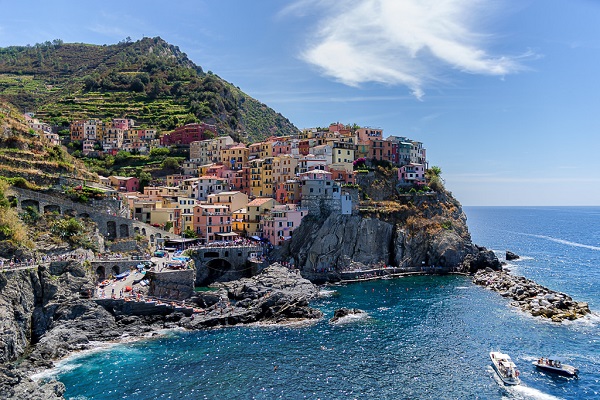This site is mobile accessible. Press the "Tap Here" button to use a smaller font-size.
Smartphone icons created by Freepik - Flaticon
8.1 CSS Opacity
The property specifies the opacity/transparency of an element.
Transparent Image
The property can take a value from 0.0 - 1.0. The lower value, the more transparent:
 opacity 0.2
opacity 0.2
 opacity 0.5
opacity 0.5
 opacity 1.0
opacity 1.0
Example 1: image opacity
img {
opacity: 0.5;
}
Transparent Hover Effect
The property is often used together with the selector to change the opacity on mouse-over:
 opacity 0.5
opacity 0.5
 opacity 0.5
opacity 0.5
 opacity 0.5
opacity 0.5
Example 2: change opacity on hover
img {
opacity: 0.5;
}
img:hover {
opacity: 1.0;
}
Example explained
The first CSS block is similar to the code in Example 1. In addition, we have added what should happen when a user hovers over one of the images. In this case we want the image to NOT be transparent when the user hovers over it. The CSS for this is .



Example 3: reverse hover effect
img:hover {
opacity: 0.5;
}
Transparent Box
When using the opacity property to add transparency to the background of an element, all of its child elements inherit the same transparency. This can make the text inside a fully transparent element hard to read:
opacity 0.1
opacity 0.3
opacity 0.6
opacity 1 (default)
Example 4: transparent box
div {
opacity: 0.3;
}
Transparency using RGBA
If you do not want to apply opacity to child elements, like in our example above, use RGBA color values. The following example sets the opacity for the background color and not the text:
opacity 0.2
opacity 0.3
opacity 0.6
opacity 1 (default)
You learned from our CSS Colors Chapter, that you can use RGB as a color value. In addition to RGB, you can use an RGB color value with an alpha channel (RGBA) - which specifies the opacity for a color. An RGBA color value is specified with: rgba(red, green, blue, alpha). The alpha parameter is a number between 0.0 (fully transparent) and 1.0 (fully opaque).
Tip: You will learn more about RGBA Colors in our CSS Colors Chapter.
Example 5: Transparent Box with RGBA values
div {
background: rgba(76, 175, 80, 0.3) /* Green
background with 30% opacity */
}
Text in Transparent Box
This is some text that is placed in the transparent box.
Example 6: text in transparent box
<html>
<head>
<style>
div.background {
background: url(klematis.jpg) repeat;
border: 2px solid black;
}
div.transbox {
margin: 30px;
background-color: #ffffff;
border: 1px solid black;
opacity: 0.6;
}
div.transbox p {
margin: 5%;
font-weight: bold;
color: #000000;
}
</style>
</head>
<body>
<div class="background">
<div class="transbox">
<p>This is some text that is placed in the
transparent box.</p>
</div>
</div>
</body>
</html>
Example explained
First, we create a <div> element (class="background") with a background image, and a border. Then we create another <div> (class="transbox") inside the first <div>. The <div class="transbox"> have a background color, and a border - the div is transparent. Inside the transparent <div>, we add some text inside a <p> element.